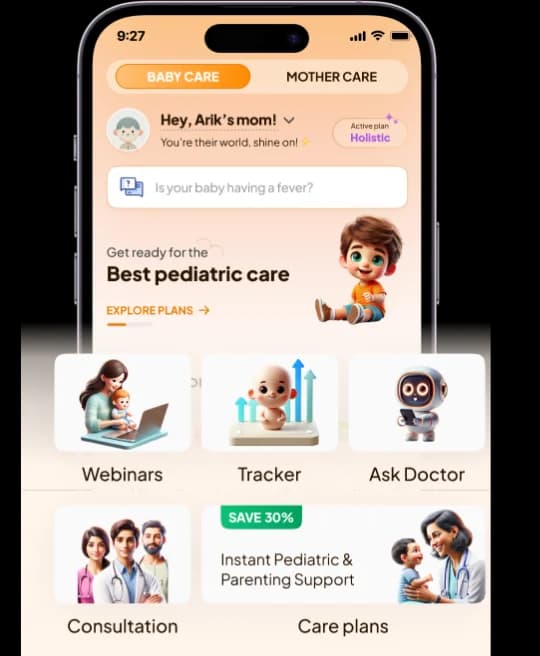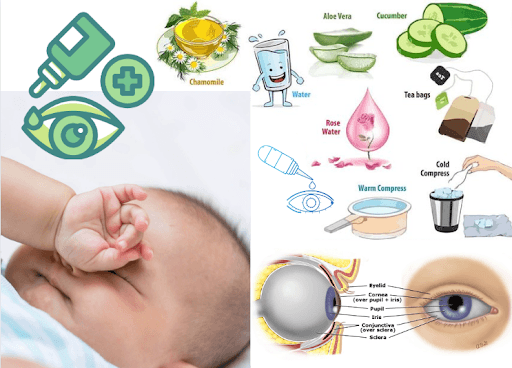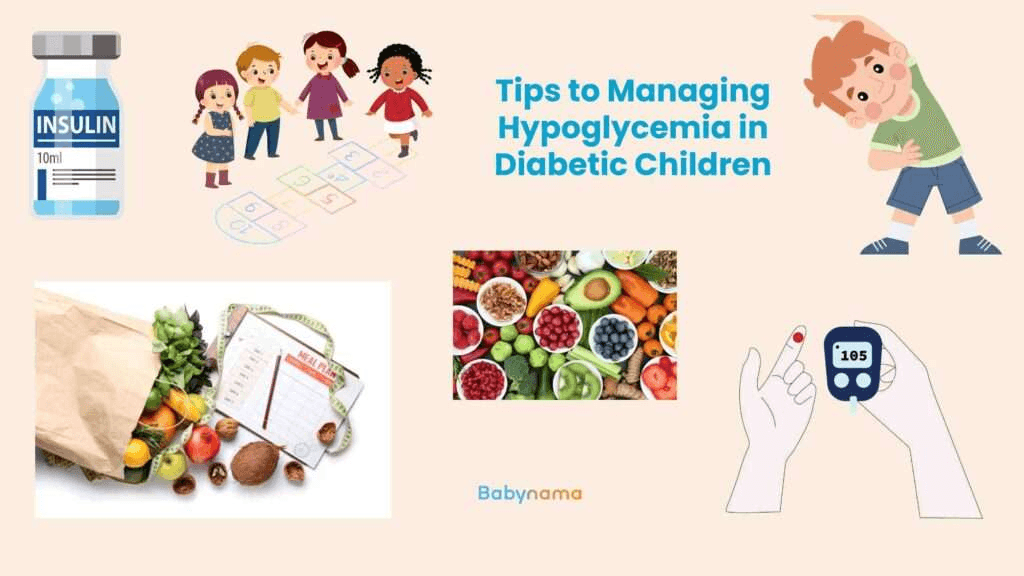A Complete Guide to Your Baby's Teething Journey: From First Signs to Soothing Relief
That first little tooth peeking through is a milestone that brings so much joy! But the journey to that heart-melting smile can be a tough one, filled with restless nights, unexplained crankiness, and a lot of worry for you as a parent. Seeing your little one in discomfort is heartbreaking, and the flood of conflicting advice online can leave you feeling overwhelmed and anxious.
At Babynama, we understand your concerns. Co-founded by a pediatrician, Dr. Sumitra Meena , our mission is to empower you with clear, expert-backed guidance so you can navigate every stage of your baby's development with confidence. This guide is here to be your single source of truth for everything teething-related. We'll walk you through identifying the signs, offering safe and effective relief, and understanding when it's time to seek a little extra help.
When Does Teething Usually Start?
For most babies, the teething journey begins between 4 and 7 months of age. However, every baby is on their own unique timeline, so don't be alarmed if your little one starts a bit earlier or later. The first to arrive are typically the two bottom front teeth (lower central incisors), followed by their counterparts on top.
Is It Teething? Common Signs to Look For
If you suspect a tooth is on its way, here are some of the classic signs to watch out for:
- Excessive Drooling: Is your baby suddenly soaking through bibs? Increased drool is a hallmark of teething, though it can sometimes lead to a mild rash on their chin and cheeks.
- Gnawing and Biting: Teething babies feel a powerful urge to counter-pressure their sore gums by chewing on anything they can get their hands on – their fists, your fingers, or toys.
- Swollen and Tender Gums: If you peek inside your baby's mouth, you might notice that their gums look red and swollen where a tooth is trying to erupt.
- Increased Irritability and Fussiness: Discomfort from teething can make even the most cheerful baby cranky and tearful. This is often due to the pressure of the tooth pushing against the gums.
- Changes in Sleep and Eating: The pain might disrupt their usual sleep patterns or make them hesitant to feed because sucking can be uncomfortable.
- Ear Pulling and Cheek Rubbing: The pain in the gums can radiate, leading babies to pull at their ears or rub their cheeks.
Safe and Effective Teething Remedies to Soothe Your Baby
You can absolutely help your baby through teething discomfort without immediately reaching for medication. Here are some pediatrician-approved methods:
- Gentle Gum Massage: With a clean finger, gently rub your baby's sore gums in a circular motion. The counter-pressure provides significant relief.
- Cool It Down: A chilled (not frozen) solid teething toy, a wet washcloth cooled in the refrigerator, or even a cold spoon can numb the gums and reduce inflammation.
- Safe Teething Toys: Offer solid rubber or silicone teethers. Avoid liquid-filled teethers that could leak or break.
- For Babies on Solids: If your baby is over 6 months, cold foods like chilled fruit purees or yogurt can be very soothing.
What to Avoid: It's crucial to know what's not safe. The Indian market can be flooded with products that are not recommended. Avoid teething necklaces (strangulation and choking hazard), homeopathic tablets that may contain unlisted ingredients, and over-the-counter numbing gels containing benzocaine, which can have serious side effects in young children.
Expert Review
Medically reviewed by Dr. Sumitra Meena, Co-founder, Babynama. "Parents often ask about teething and fever. While teething can cause a slight rise in temperature, a true fever (above 100.4°F or 38°C) is not a normal symptom of teething. Similarly, while some changes in stool can occur, significant diarrhea is not caused by teething. These symptoms usually point to an underlying illness that might coincide with teething. Never dismiss a fever or diarrhea as 'just teething.' This is a critical distinction where professional medical advice provides essential peace of mind."
When Should You Worry? Red Flag Symptoms
While fussiness and drooling are normal, certain symptoms are not and require immediate medical attention.
When to Consult a Pediatrician Immediately:
- High Fever: A temperature of 100.4°F (38°C) or higher is not caused by teething and needs to be evaluated.
- Diarrhea or Vomiting: These are signs of illness, not teething. They can lead to dehydration, which is a serious concern in babies.
- Inconsolable Crying: If your baby is unusually distressed and cannot be soothed by any of your usual methods, it could indicate a more significant issue like an ear infection.
- Refusal to Feed: While some hesitation is normal, a complete refusal to drink for several hours can be a red flag for dehydration.
- Rash: A widespread rash (beyond a little irritation from drool) should be checked by a doctor.
The middle of the night is often when these worries peak. Instead of waiting and wondering, it's important to have a reliable source of support.
Feeling Worried About Your Baby's Teething Pain?
Don't let anxiety take over. When you're unsure if your baby's symptoms are from teething or something more, waiting for a clinic to open isn't an option. With Babynama, you don't have to guess.
Chat with a qualified Babynama pediatrician in under 2 minutes, anytime, day or night. Get the reassurance and expert advice you need, right when you need it. Click here to learn more about our 24/7 care plans.
Frequently Asked Questions (FAQs)
Q: Can teething cause fever and diarrhea?
A: While teething might cause a very slight rise in body temperature, it does not cause a true fever (over 100.4°F) or diarrhea. These symptoms are typically signs of a separate illness, and it's best to consult a pediatrician to be sure.
Q: What is the best and safest teething toy for my baby?
A: The safest teething toys are made of solid silicone or rubber. They are easy to clean and won't break. You can chill them in the refrigerator (not the freezer) for extra soothing. Avoid amber teething necklaces and liquid-filled teethers.
Q: Can I give my 4-month-old baby paracetamol for teething pain?
A: It's crucial to consult a pediatrician before giving any medication to a baby, especially under 6 months of age. A doctor can provide the correct dosage based on your baby's weight and confirm that the pain is indeed from teething and not another underlying issue. Babynama's "cautious medication" approach ensures you only give medicine when absolutely necessary.
Q: How long does the pain from one tooth last?
A: The most acute discomfort usually occurs in the few days leading up to the tooth breaking through the gum. Once the tooth has erupted, the pain in that specific area should subside. The entire teething process, however, continues in phases until all 20 baby teeth are in, usually by age 3.





